Walter Allwards’s South African (Boer War) Memorial at University and Queen Streets.
Walter Allward, one of Canada’s most prominent sculptors, was born in Toronto on November 18, 1876. As a boy of 14, he worked with his father, who was a carpenter. He attended Central Technical School and studied under well-known Canadian sculptors William Cruikshank and Emmanuel Hahn, as well as in London and Paris. He apprenticed with the architectural firm of Gibson and Simpson, and later employed at the Don Valley Brick Works, where he modelled architectural ornaments. His first important commission was in 1895, to design a figure of “Victory” on a memorial to commemorate the Northwest Rebellion. It was located at the southeast corner of the grounds at Queen’s Park.
Allward’s figure of “Peace” on the monument erected in 1895 to commemorate the Northwest Rebellion of 1885. This was Allward’s first major commission.
The Memorial to those who died in the War of 1812. It is located in Victoria Memorial Square at Portland and Stewart Streets.
In 1903, Allward created the monument in Victoria Memorial Square that honours those who lost their lives defending York (Toronto) in the War of 1812 (1812-1815). The ceremony to unveil the memorial was held on July 1, 1902 as a part of the Dominion Day (Canada Day) celebrations. The regiments that served in the conflict and the names of the battlefields are listed on plaques attached to the monument.
In 1906, Walter Allward added a sculpture to the top of the War of 1812 memorial. Named the “Old Soldier,” it represents a veteran of the war. The balding soldier appears to glance upward, a weary expression on his face. He is attired in a military uniform that displays his war medals, and in his right hand is his hat. His left arm has no hand, suggesting that he suffered a casualty during a battle. In Katherine Hale’s book, “Toronto, Romance of a Great City,” she states: “ . . . the soldier has an unusual face—strong, rapt and dedicated.” The stone base of the monument in Victoria Memorial Square is similar in design to the one at Queenston Heights to commemorate the deeds of Laura Secord, a heroine of the War of 1812.
The monument to honour those who died in the Boer War
(Above) One of the figures on the monument to those who lost their lives in the Boer War. The monument is located at University Avenue and Queen Street West. Walter Allward created the South African monument in 1910. When the year the monument was dedicated, mature chestnut trees flanked the broad avenue that led to Queen’s Park.
The bust of William Lyon Mackenzie was unveiled in 1936. It is located on the west side of the Legislative Buildings at Queen’s Park. Many feel that this bust is among the finest of Allward’s sculptures, as it vividly captures the essence of the fiery rebel, Mackenzie.
The statue to Governor John Graves Simcoe, dedicated in 1903. He was the first Lieutenant-Governor of Upper Canada (Ontario). The monument is located to the south of the Legislative Buildings at Queen’s Park.
The Vimy Ridge Memorial
Allward is best known as the creator of the Vimy Ridge Memorial in France, built to honour the memory the 3600 Canadians who died in the Battle of Vimy Ridge, April 9-13 in 1917. Allward’s design was chosen by the Federal Government from among 160 entries. From the beginning of the project in 1921, until it was completed in 1936, he worked full time on the monument. He rented studio space in London in 1922, and toured Europe for two years searching for the correct stone to fulfill his vision of the monument. He found it in Croatia, in an ancient quarry that had supplied the material to build the Roman Emperor Diocletian’s Palace. Over 6000 tonnes of seget limestone were shipped by boat to France, and then transported by rail to Vimy Ridge. When it was unveiled by King Edward VIII in 1936, over 100,000 people attended the ceremony.
To view the Home Page for this blog: https://tayloronhistory.com/
To view previous blogs about movie houses of Toronto—historic and modern
Recent publication entitled “Toronto’s Theatres and the Golden Age of the Silver Screen,” by the author of this blog. The publication explores 50 of Toronto’s old theatres and contains over 80 archival photographs of the facades, marquees and interiors of the theatres. It relates anecdotes and stories of the author and others who experienced these grand old movie houses.
To place an order for this book:
Book also available in Chapter/Indigo, the Bell Lightbox Book Store and by phoning University of Toronto Press, Distribution: 416-667-7791
Theatres Included in the Book:
Chapter One – The Early Years—Nickelodeons and the First Theatres in Toronto
Theatorium (Red Mill) Theatre—Toronto’s First Movie Experience and First Permanent Movie Theatre, Auditorium (Avenue, PIckford), Colonial Theatre (the Bay), the Photodrome, Revue Theatre, Picture Palace (Royal George), Big Nickel (National, Rio), Madison Theatre (Midtown, Capri, Eden, Bloor Cinema, Bloor Street Hot Docs), Theatre Without a Name (Pastime, Prince Edward, Fox)
Chapter Two – The Great Movie Palaces – The End of the Nickelodeons
Loew’s Yonge Street (Elgin/Winter Garden), Shea’s Hippodrome, The Allen (Tivoli), Pantages (Imperial, Imperial Six, Ed Mirvish), Loew’s Uptown
Chapter Three – Smaller Theatres in the pre-1920s and 1920s
Oakwood, Broadway, Carlton on Parliament Street, Victory on Yonge Street (Embassy, Astor, Showcase, Federal, New Yorker, Panasonic), Allan’s Danforth (Century, Titania, Music Hall), Parkdale, Alhambra (Baronet, Eve), St. Clair, Standard (Strand, Victory, Golden Harvest), Palace, Bedford (Park), Hudson (Mount Pleasant), Belsize (Crest, Regent), Runnymede
Chapter Four – Theatres During the 1930s, the Great Depression
Grant ,Hollywood, Oriole (Cinema, International Cinema), Eglinton, Casino, Radio City, Paramount, Scarboro, Paradise (Eve’s Paradise), State (Bloordale), Colony, Bellevue
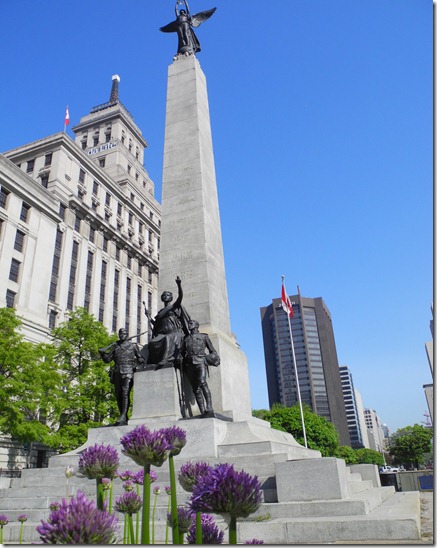
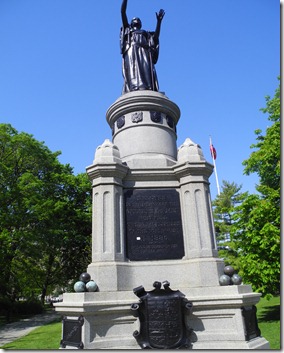
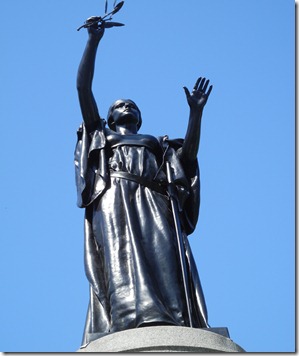
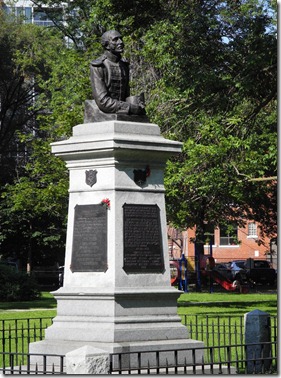
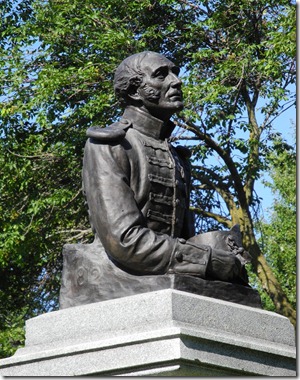
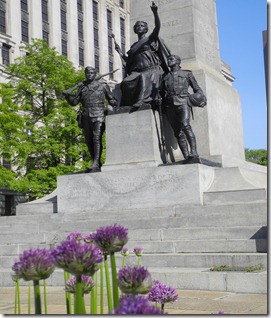
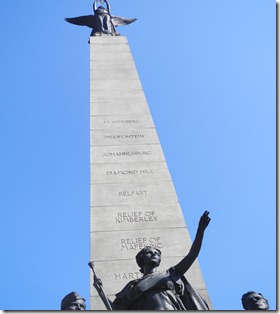
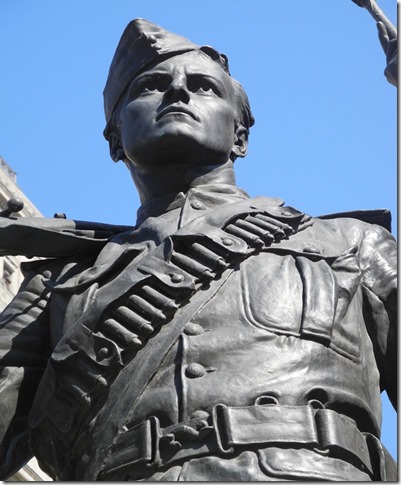
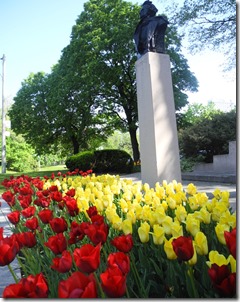
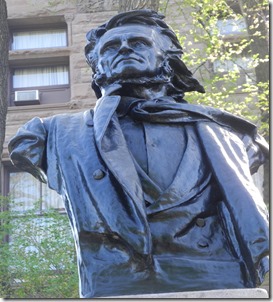
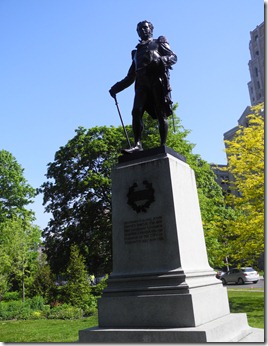
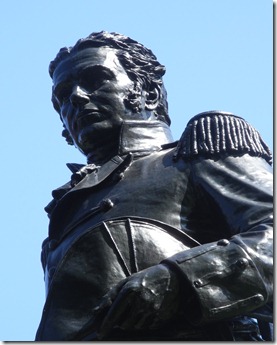
![images[1] images[1]](https://tayloronhistory.com/wp-content/uploads/2012/05/images1_thumb1.jpg)
![images[3] images[3]](https://tayloronhistory.com/wp-content/uploads/2012/05/images3_thumb1.jpg)
![cid_E474E4F9-11FC-42C9-AAAD-1B66D852[2] cid_E474E4F9-11FC-42C9-AAAD-1B66D852[2]](https://tayloronhistory.com/wp-content/uploads/2015/05/cid_e474e4f9-11fc-42c9-aaad-1b66d8522_thumb10.jpg)

